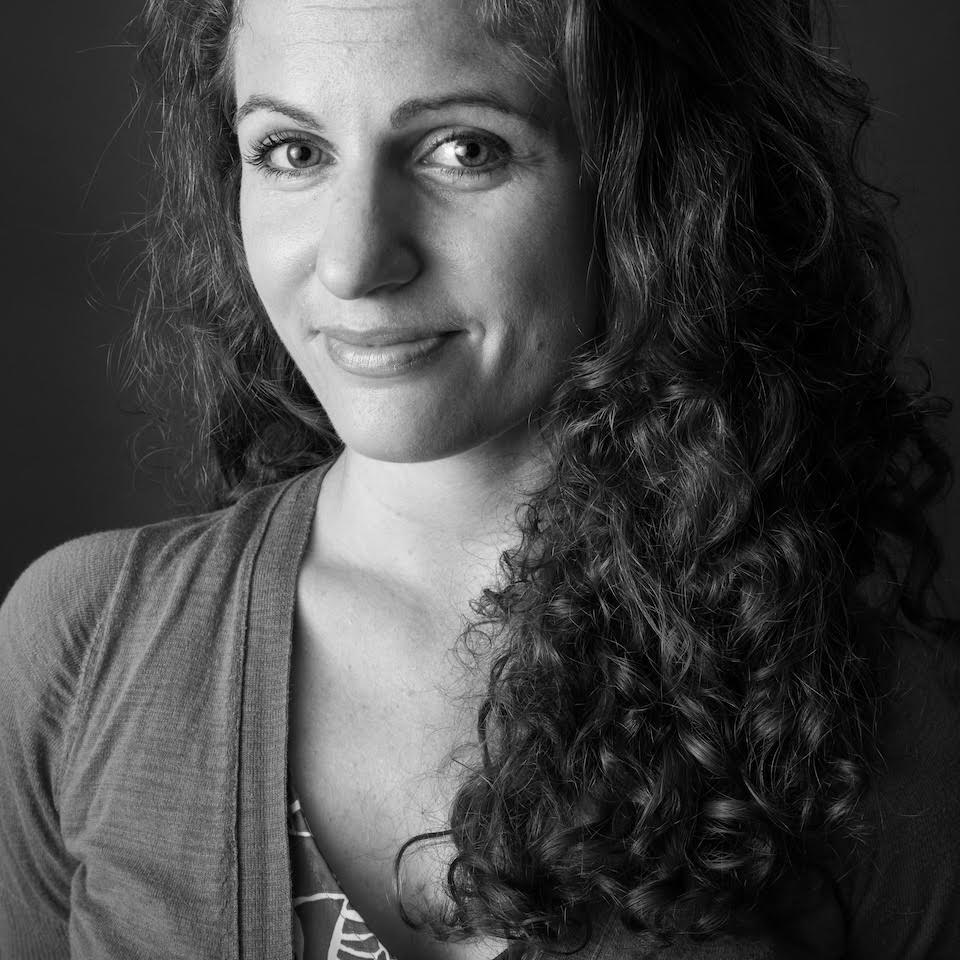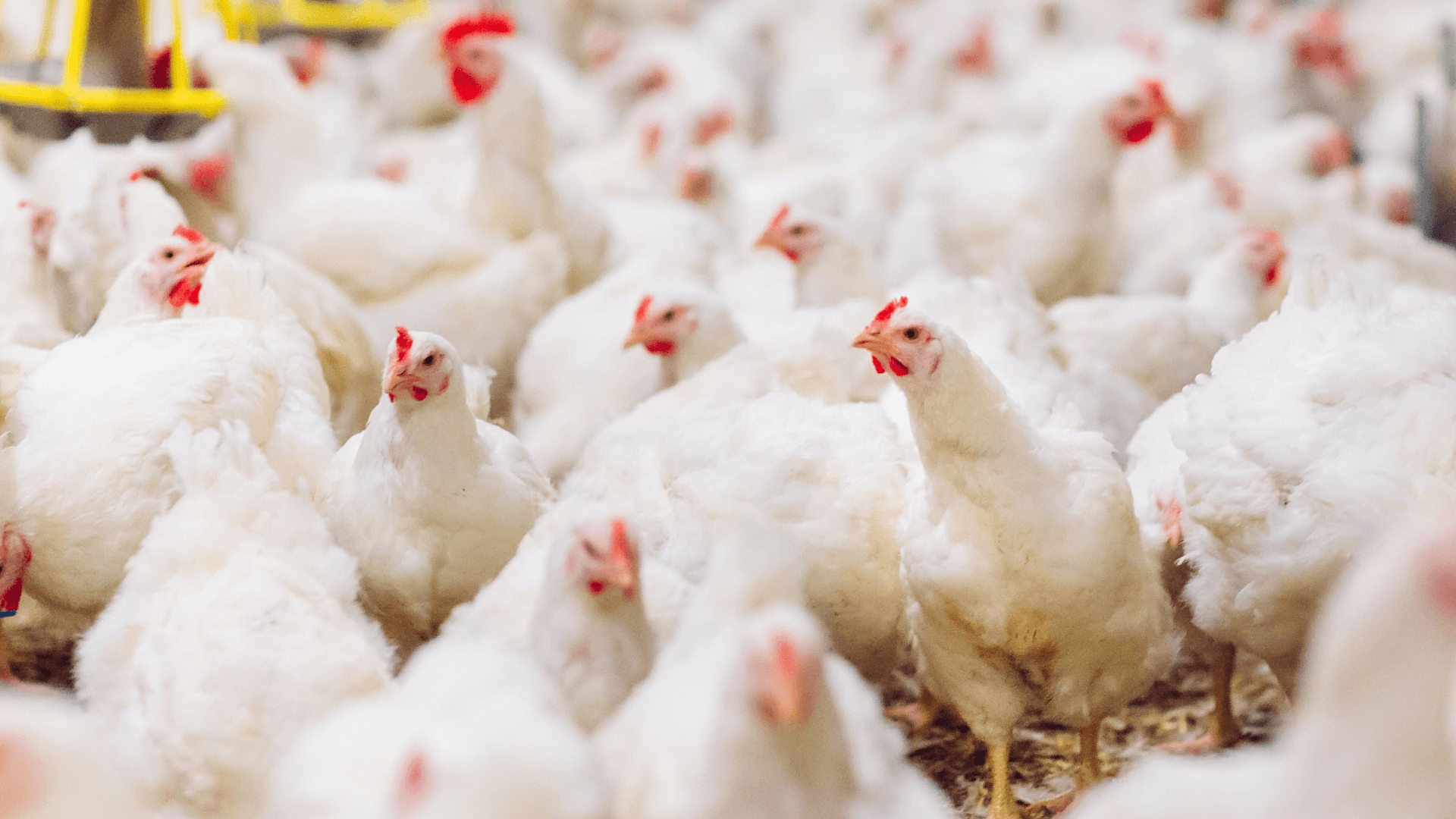People commonly believe that kosher production is different from the rest of conventional industrial farming, and that animals raised and slaughtered for the kosher market are treated better than those destined for non-kosher markets. In reality, virtually all kosher products, including all those sold in grocery stores, come from factory farms with abysmal conditions. How do we know?
First, it’s important to understand that kosher certifications lack purview over how animals are bred, treated, and handled prior to slaughter. Second, kosher certification is a modern invention, created to respond to technological advancement in food production. Third, traditional kosher law existed in a different context with fundamentally different agricultural practices–kosher production today is part and parcel of the United States’ mainstream animal farming model, or CAFOs (confined animal feeding operations).
Most Animals Used in the Kosher Industry Live on CAFOs
Calculations from the USDA suggest that more than 99 percent of animals raised for food in the United States are raised on factory farms.((Percentage of confinement farms was calculated by the Sentience Institute.)) Broiler chickens, or birds raised specifically for meat production rather than egg-laying, account for over 90% of the land animals raised for food in the US.((The United States is the world’s leading chicken producer.)) Like the rest of the country, Jewish and kosher-keeping households that consume meat are mostly eating chickens—in quantities more than one hundred times what Americans ate per capita a century ago.((Striffler, Chicken: The Dangerous Transformation of America’s Favorite Food))
These are not your grandparents’ chickens; instead of breeding animals for resiliency outdoors, healthy immune systems, and strong bones and muscles, the trademark of factory-farmed chickens today is their highly manipulated genetics which cause them to grow unnaturally fast and so large that they struggle to support their own weight. There are no meaningful genetic differences between poultry raised for kosher and non-kosher markets. With the help of drugs, corporate-owned operations keep most birds alive long enough to reach market weight at 6-8 weeks–twice as fast as in the 1950s.
Kosher operations rely on industrial confinement systems that keep hundreds of thousands of birds indoors in filthy, crowded conditions—this is the only way companies can churn out the volume of meat they purvey on a regular basis. A steady supply of kosher chicken is made possible by companies like KJ Poultry, which slaughters 40,000 birds a day, Agri Star (formerly Agriprocessors), which slaughters 50,000 birds a day, and Empire Kosher, which slaughters 65,000 birds a day. And while the scale and speed at which workers process animals has real human health((For example, Iowa OSHA recently fined Agri Star for safety violations found after a February 2021 explosion injured two employees. Related hazards were cited in a reported worker injury just days before. )) and animal welfare costs, processing plants only represent a fraction of the production process. The jarring pace and scale of production begins with day-to-day operations at breeding houses and confined feeding facilities, over which kosher slaughter authorities have no direct supervision.
While kosher certification regulates slaughter, ultimately, it’s not how animals die that qualifies their lives as “factory farmed” but rather the conditions they lived in. The federal government defines a factory farm or CAFO based on the number of animal “units” living in a confined space for more than 45 days out of the year. Stocking density varies by species, but the cramped quarters of all CAFOs severely restricts animals’ freedom. While only 1,000 heads of cattle qualify as a CAFO, broiler chicken operations begin at 125,000—the human population of Hartford, Connecticut—and grow however large animal agriculture can manage, creeping ever closer to the one million mark. As dystopian as a poultry metropolis feels, the number of animals raised in densely populated cages, lots, and pens is only one troubling aspect of industrial animal agriculture.




